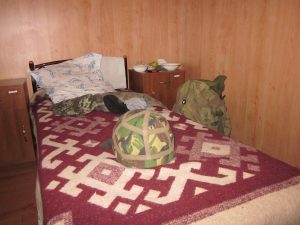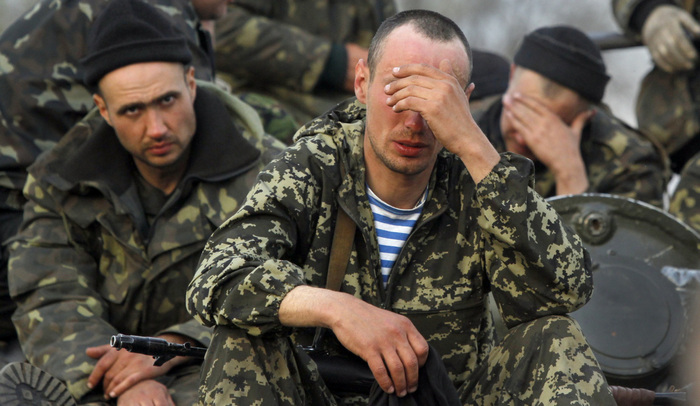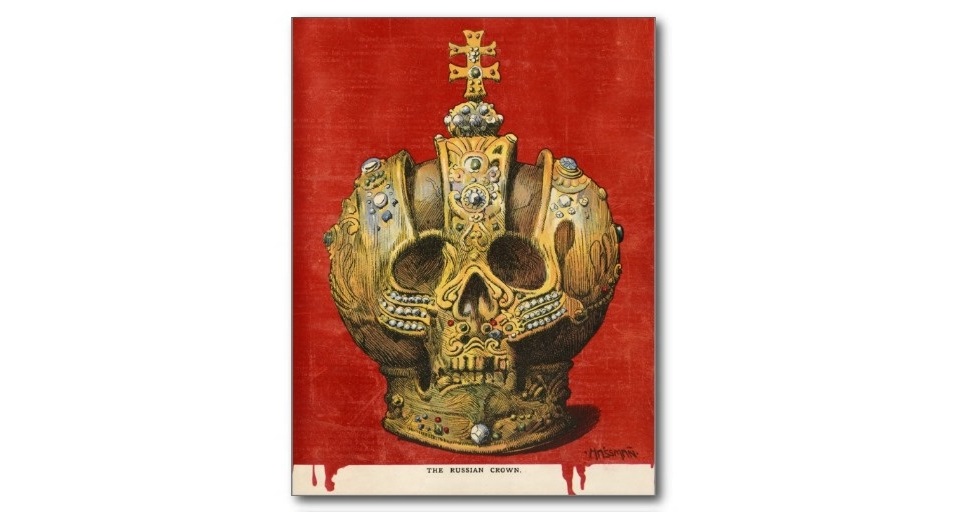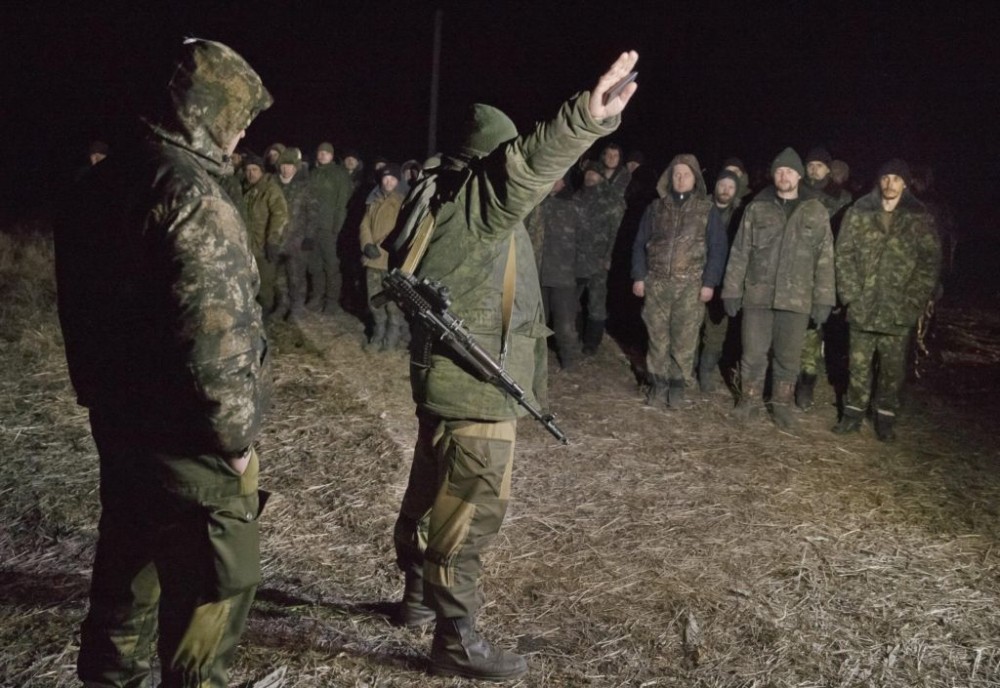ARTEMIVSK, Ukraine – Bureaucratic stonewalling is hurting the morale of Ukraine’s fighting men and women by denying their rights, injured soldiers have charged. Some are even taking photos of their deployment to prove their involvement to disbelieving officials.
“The government does nothing for the volunteers,” said a soldier, 25, who was ill and on antibiotics. When his friend was shot and injured by a sniper he couldn’t get status as a casualty of anti-terrorist operations, which affects his ability to get benefits.
His brother, serving in the 95th Brigade, was advised to take photographs as proof of his war service. “The bureaucrats won’t help the men who are fighting,” he said.
Another problem is a lack of rotation. A man with a head wound said “the same people who are here for months get 20 days off and then have to return to the war. This is not fair. Others do not go to the war at all.”

The three, who refused to give names or be photographed for fear of punishment from the army, spoke to a Canadian journalist and his Ukrainian interpreter who were placed in their room recently at the regional hospital here while traveling with volunteers.
One of them had been injured that afternoon after the turret of a large gun on an armored vehicle swung unexpectedly and struck him, which he attributed to officer error; he bled from the ear and wears a bandage around his head.
This city of 78,000 is about 88 kilometres north of Donetsk, where fighting has raged over control of its airport, despite the Sept. 5th ceasefire. The United Nations Human Rights Office reports that at least 3,517 civilians and Ukrainian soldiers have died in the war since April. Since the ceasefire, 49 Ukrainian army servicemen have been reported killed and 242 wounded.
Normally, soldiers are not allowed to speak to the press unless officers are present.
The soldiers also said that some of their senior officers were selling information about their whereabouts to the enemy, but this could not be confirmed. They said many of their peers have died when shelled by separatists after their coordinates were sold.
One soldier said evidence of this is that on one occasion the men refused to stop as scheduled, and proceeded on. Later, the place they would have been was shelled.
The hospitalized soldiers also said the separatists have superior weapons to their own outdated guns, and this was mentioned in the report by the UN, its sixth about the war: “In a number of areas, Ukrainian armed forces reported being bombarded by the armed groups with advanced weaponry.”
The injured men described the tactics of the separatist rebels who, according to the report, are assisted by 3,000 to 4,000 Russian soldiers: “First they fire their artillery. Then they send tanks and foot soldiers. A new shell comes right down onto the trenches,” and sends shrapnel far and wide, injuring and killing, the head-wound man said.
One of the injured men said that since they lack winter clothing and other equipment, the Ukrainian army may have to shut down operations for the winter. He had to buy most of his own gear, such as body armor and helmet.
The third soldier said: “This is the bad side of the war. A journalist came to film the soldiers but the commander did all the talking. The soldiers did not have a chance to complain….And the media does not want to reveal this information.”
[hr] Mr. Bird is a Canadian journalist.





